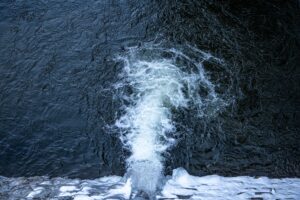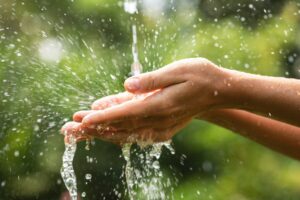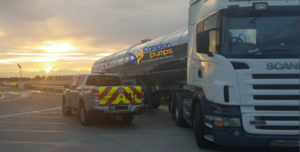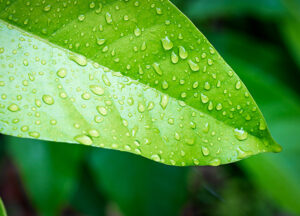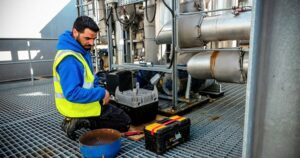Construction projects of all sizes require meticulous planning.
Construction project management must account for everything from site access to personnel to the subject of this article: water. Water plays a key part in every construction project and, within the construction industry in Ireland, water use is overseen by the Department of Housing, Local Government and Heritage. This department “aims to protect and improve water resources in Ireland”.
Of course, every construction project brings with it the opportunity to protect and improve water resources in Ireland and avoiding disruption to supply is part of that. With that in mind, let’s see how best to manage water and avoid setbacks on construction projects.
What is the Meaning of Water Management?
Water management in Ireland comprises of three levels:
- National level: Department of Housing, Local Government and Heritage and The Environmental Protection Agency.
- National/regional and local: Local Authority Waters Programme.
- Regional and local: Local authorities.
There are also numerous authorities with a specialist focus, such as marine, fisheries, groundwater, natura sites and regulatory bodies.
On a more concentrated level, water management is “the control and movement of water resources to minimise damage to life and property and to maximise efficient beneficial use.” Water resilience is a related aspect of water management in that requirements for water system resilience must guide the trajectories and boundaries of human development.
For construction projects, water is an absolute necessity and thus, a water management strategy is required.
What is a Water Management Strategy?
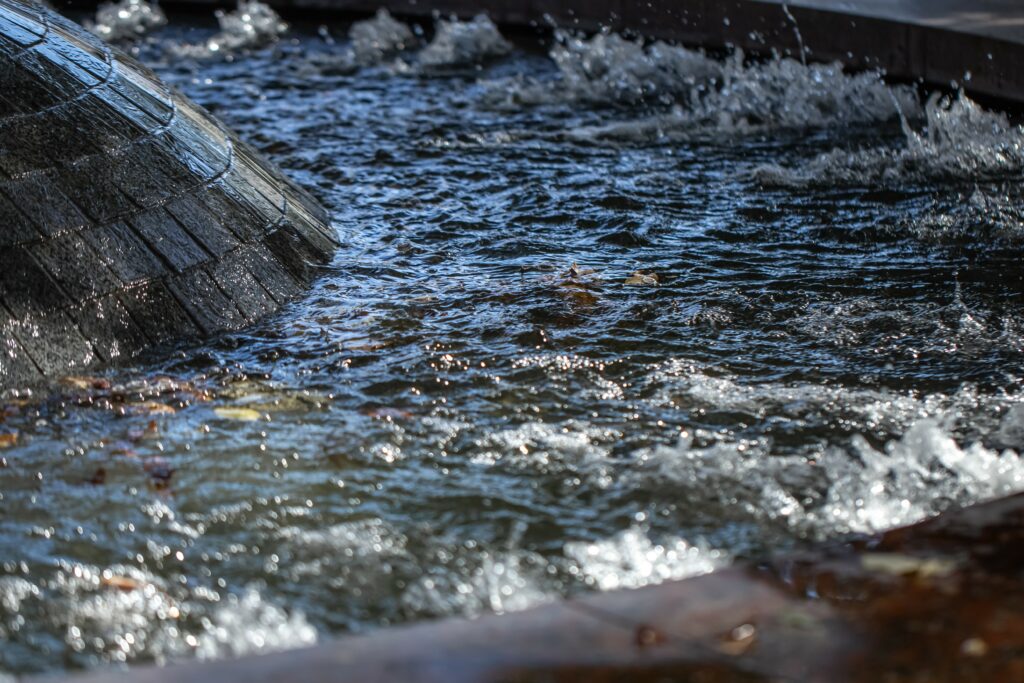
According to Uisce Éireann, a water management plan should include:
- All appliances and plumbing that will be installed.
- Water reuse potential.
- Landscaping and rainwater utilisation.
- Water conservation efforts and water quality in all project tenders and contractual documents.
Further to the above, it’s necessary to identify what activities will take place on-site. For instance, identify the trades, their activities and, if water is required, whether potable or non-potable water is best. If water on construction sites is needed, Uisce Éireann says to:
- Use high pressure, water-efficient trigger hoses for cleaning.
- Use buckets of water to clean tools instead of running water.
- Monitor high water use areas on-site directly, such as wheelwash and dust suppression.
- Use admixture in grey water for dust suppression.
In terms of protecting water quality, outlining a sustainable water network prior to construction commencement is key. You should establish ways of preventing soil, cement, and sand from entering gutters or drains as doing so will help avoid polluting rivers, etc. Further tips of protecting water quality include:
- Specifying Sustainable Urban Drainage systems (SUDS). These help to reduce water run-off that could cause flooding elsewhere.
- Installing erosion and sediment control devices.
- Covering or filtering stormwater inlets and drains.
- Monitoring water discharge to controlled waters regularly.
- Regularly cleaning and maintaining all stormwater protection devices.
- Avoiding materials that cause pollution, such as asbestos or PVC.
- Storing building materials away from water systems.
Related article: How Rethinking Water Supply Can Support Sustainable Development
How do we Use Water During Construction Projects?
So, how can we manage water use during construction projects?
Water is used across a plethora of construction tasks and trades, including:
- Drilling
- Concreate production
- Block laying
- Rendering and plastering
- Cleaning
When all activities have been identified, the next step is to decide on the water source. Consider sources to:
- Collect water
- Store water, e.g., tanks
- Reuse water e.g., tubs and tanks
- Save water e.g., monitoring and record keeping
Establishing your water needs from the outset will make your broader project planning easier. You will also be able to identify solutions to mitigate against total site shut down, the last thing any contractor or project manager wants.
Furthermore, confirming these sources helps to encourage environmental sustainability in construction as less water will be used and wasted. Sustainable construction techniques such as reusing water are simple to implement as there are many tasks that do not require fresh, clean water. Although it may seem inconsequential, reusing water does have a positive impact.
Finally, the Green Construction Board list the below considerations when assessing your water supply and source.
| Supply | Water Source | Considerations |
| Non-potable | Water harvest tanks (new or existing) | Install early for non-potable site use. Use existing tanks if available. Record tank volume and/or sub-meter use. |
| Non-potable | Runoff attenuation (tanks/storm water ponds – new or existing) | Install early for non-potable site use. Use existing tanks if available. Record volume and/or sub-meter/estimate use. |
| Non-potable | Land drainage attenuation | Ensure potential land drainage issues resolved at outset of the project to mitigate impact for site. Reinstate or establish land drainage infrastructure or address segregated land drains in early project phase. Map likely pathways for surface water – divert or avoid flow to work area to mitigate wash-out or safety issue and programme delay risks. |
| Non-potable | Dewater attenuation from excavations | Reuse (up to 20m3/day without need for abstraction licence) to avoid trade effluent charge and unnecessary surface water loading to wastewater network and treatment systems. |
| Non-potable | Abstraction licence | Sources from river, groundwater, canal. |
| Reuse | Storage on site for re-use | Covered tank, positioned in shade and optimal size, with back-up supply on ballcock to sustain supply if critical to operational need. |
| Recycle | Prepare to treat on-site for reuse | Set-up screening, settlement, aeration and retention tanks, with testing regime. |
| Potable | Mains supply or hydrant (standpipe) supply or bowser or tankered supply | Potable supplies identified in activity. |
Related article: Temporary Water Solutions During Construction Phase
Avoid Setbacks with Campion Connect
Contractors, project managers, and quantity surveyors know just how much preparation goes into each construction project, no matter the size. And, once the project is underway, their time is better spent focusing on completing it rather than tackling minor hiccups.
That’s why water management software such as Campion Connect is so sought after. With Connect, our water monitoring technology that connects, integrates, and communicates 24/7 across any water system, you gain insights into everything from water quality to flow rate and water pump efficiency. These features and more combine to provide live data and better yet, early warnings on issues before they become system failures.
For more on Campion Connect and how Campion can help manage water on your construction project, contact us today.

